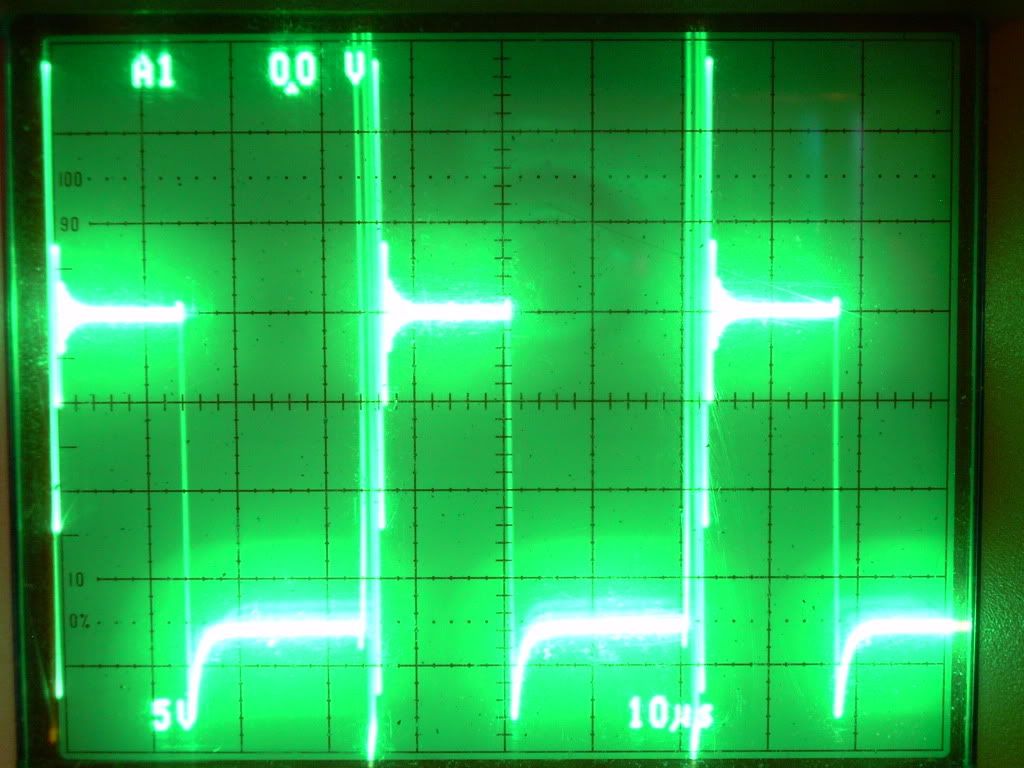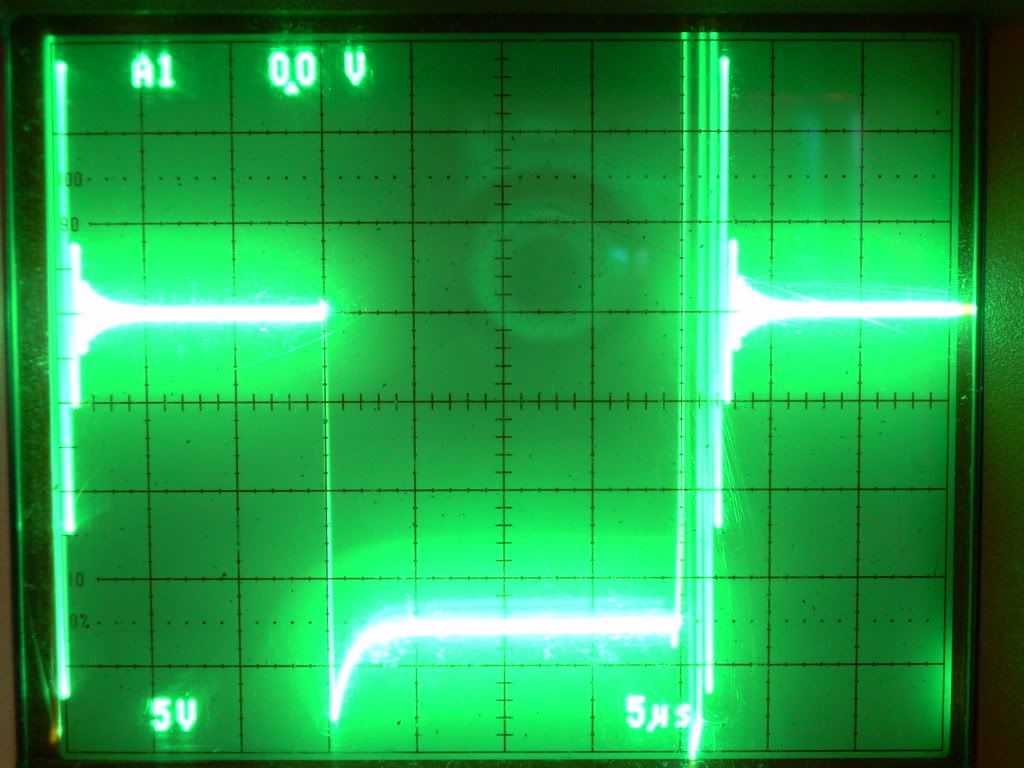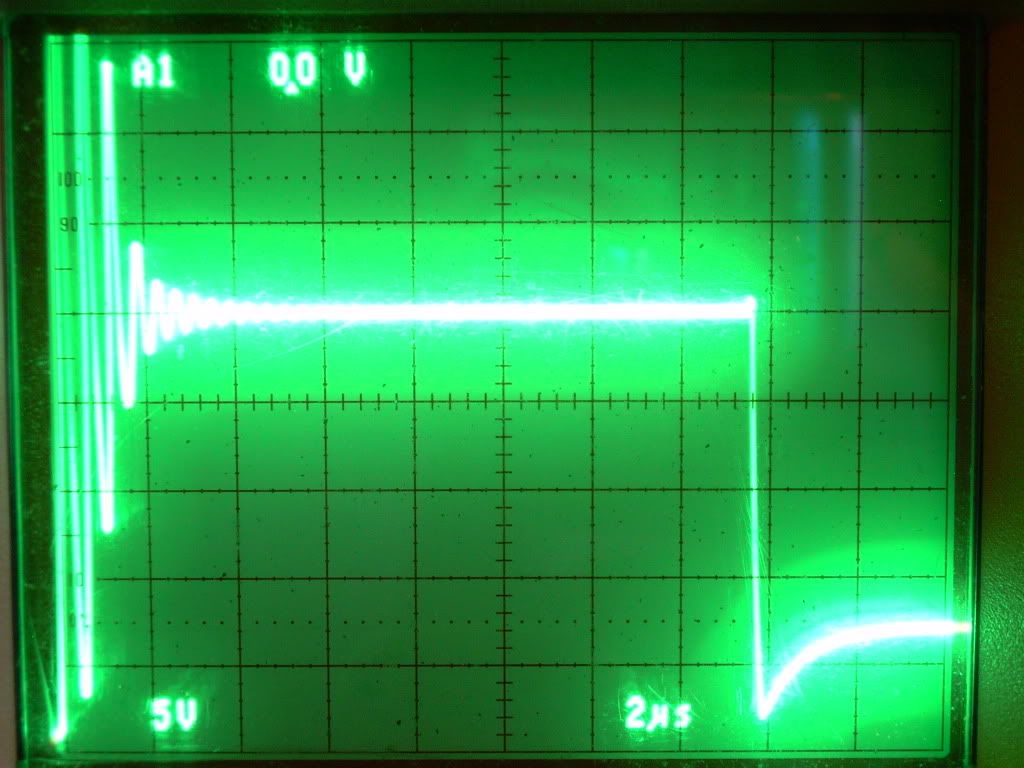Ainslie-Murakami Negative Dominant Waveform Generator
Here are some interesting results.
Get these files and watch this vid:
Ainslie-Murakami Negative Dominant Waveform Generator pdf
Ainslie-Murakami Negative Dominant Waveform Generator
Detailed Integrated Power Analysis data - .csv
YouTube - Detailed Integrated Power Analysis of Ainslie Circuit
The load has been up to 1.1C BELOW ambient with this circuit at these power levels - the doc says 0.8 below ambient. Please look at all above docs and videos thoroughly. The cooling effect has it's own proportionate relationship to the negative wattage running through the coils.
There have been many other tests done but this one is quite a slap in the face of conventional electron current theory.
---------------------------------------------------------------

Load waveform (more below than above)

Tek shot of waveforms of both shunts and battery - more below than above for shunts.

Here are some interesting results.
Get these files and watch this vid:
Ainslie-Murakami Negative Dominant Waveform Generator pdf
Ainslie-Murakami Negative Dominant Waveform Generator
Detailed Integrated Power Analysis data - .csv
YouTube - Detailed Integrated Power Analysis of Ainslie Circuit
The load has been up to 1.1C BELOW ambient with this circuit at these power levels - the doc says 0.8 below ambient. Please look at all above docs and videos thoroughly. The cooling effect has it's own proportionate relationship to the negative wattage running through the coils.
There have been many other tests done but this one is quite a slap in the face of conventional electron current theory.
---------------------------------------------------------------

Load waveform (more below than above)

Tek shot of waveforms of both shunts and battery - more below than above for shunts.











Comment